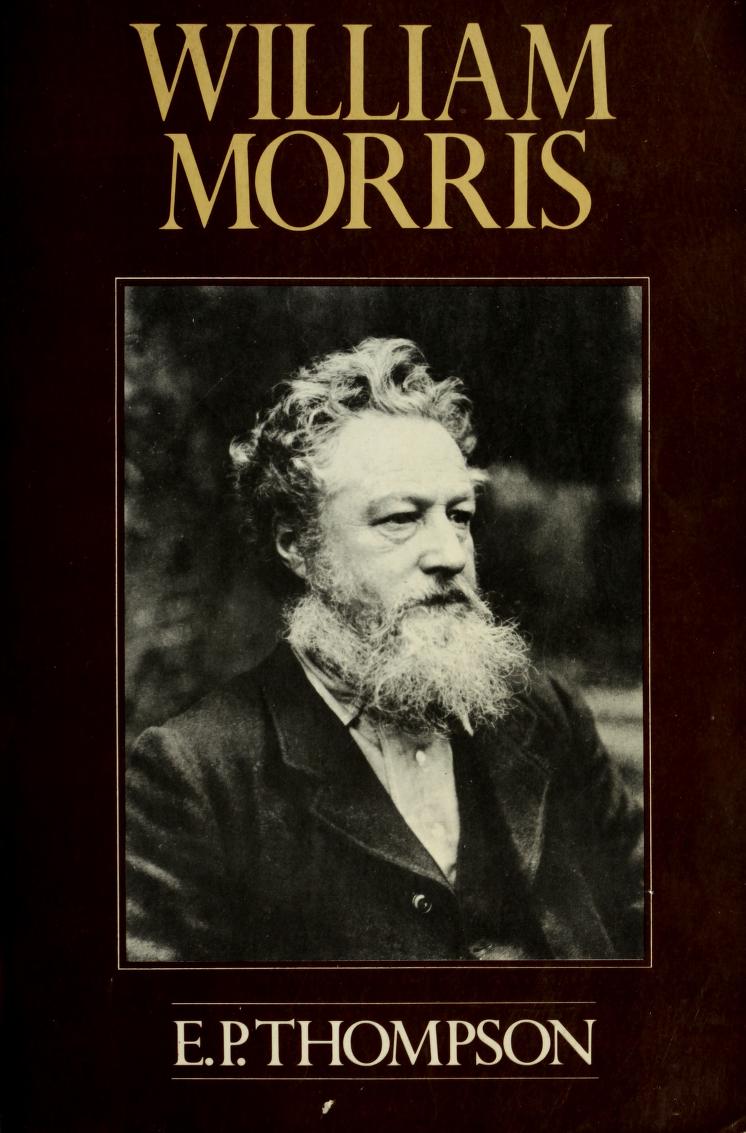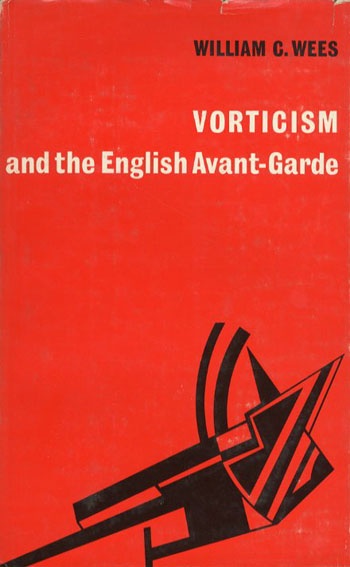E. P. Thompson: William Morris: Romantic to Revolutionary, rev. ed. (1955/1977)
Filed under book | Tags: · 1800s, art, art history, biography, craft, design, marxism, politics, socialism, united kingdom

This biographical study is a window into 19th-century British society and the life of William Morris—the great craftsman, architect, designer, poet, and writer—who remains an influential figure to this day. This account chronicles how his concern with artistic and human values led him to cross what he called the “river of fire” and become a committed socialist—committed not only to the theory of socialism but also to the practice of it in the day-to-day struggle of working women and men in Victorian England. While both the British Labor Movement and the Marxists have venerated Morris, this legacy of his life proves that many of his ideas did not accord with the dominant reforming tendencies, providing a unique perspective on Morris scholarship.
First published by The Merlin Press, London, 1955
Publisher Pantheon Books, New York, 1977
ISBN 0394733207
829 pages
Review (Eli Zaretsky, Studies in Romanticism, 1977)
Review (Patrick Parrinder, Science Fiction Studies, 1980)
Thompson’s lecture on Morris to the Williams Morris Society (1959)
Publisher (new edition, 2011)
PDF (109 MB, no OCR)
See also Morris’ novel News from Nowhere (1890/93) in the Internet Archive.
Humphrey Jennings: Pandæmonium, 1660-1886: The Coming of the Machine as Seen by Contemporary Observers (1985)
Filed under book | Tags: · 1600s, 1700s, 1800s, history of technology, industrial revolution, industry, literature, machine, mechanics, technology, united kingdom

Pandaemonium, 1660-1886 is a book of contemporary observations of the coming, development and impact of the Industrial Revolution in the United Kingdom, collected by documentary film-maker Humphrey Jennings between 1937 and his early death in 1950. His daughter, Mary-Louise Jennings, and a co-founder with Jennings of Mass Observation, Charles Madge, brought his work to publication in 1985. The book takes its title from the first excerpt within it, the section in Book I of Paradise Lost (1660) in which John Milton describes the building of Pandaemonium, the capital city of Hell. (from Wikipedia)
From the New York Times review (1985): “For Humphrey Jennings, Pandaemonium was a prophetic symbol of industrialism, and it provides not only the title but also the starting point of his attempt to chronicle ‘the imaginative history of the Industrial Revolution.’ This was best done, he thought, by letting those who took part in the process speak for themselves, and Milton’s lines usher in a collection of some 370 texts ranging from the 1660’s to the 1880’s – the testimony of scientists, artists, rich men, poor men and a great throng of miscellaneous witnesses. Between them, these passages (or ‘images,’ as Jennings preferred to call them) are meant to provide a composite picture of how contemporaries experienced the triumph of the machine, how it transformed both their outward circumstances and inner lives.” (Review)
The cover above is from the UK edition.
First published by André Deutsch. London, 1985
Edited by Mary-Lou Jennings and Charles Madge
Publisher The Free Press, New York
First American Edition, 1985
ISBN 0029164702
376 pages
via joandleefe
PDF (30 MB)
Comment (0)William C. Wees: Vorticism and the English Avant-Garde (1972)
Filed under book | Tags: · 1910s, art, art history, avant-garde, futurism, impressionism, literature, painting, sculpture, united kingdom, vorticism

An early study on the English avant-garde movement.
Publisher University of Toronto Press, and Manchester University Press, 1972
ISBN 0719005043
273 pages
Commentary (Wallace Martin, Contemporary Literature, 1974)
Review (George Waterston, Canadian Literature, 2013)
PDF (106 MB, no OCR)
See also Blast at Monoskop wiki

